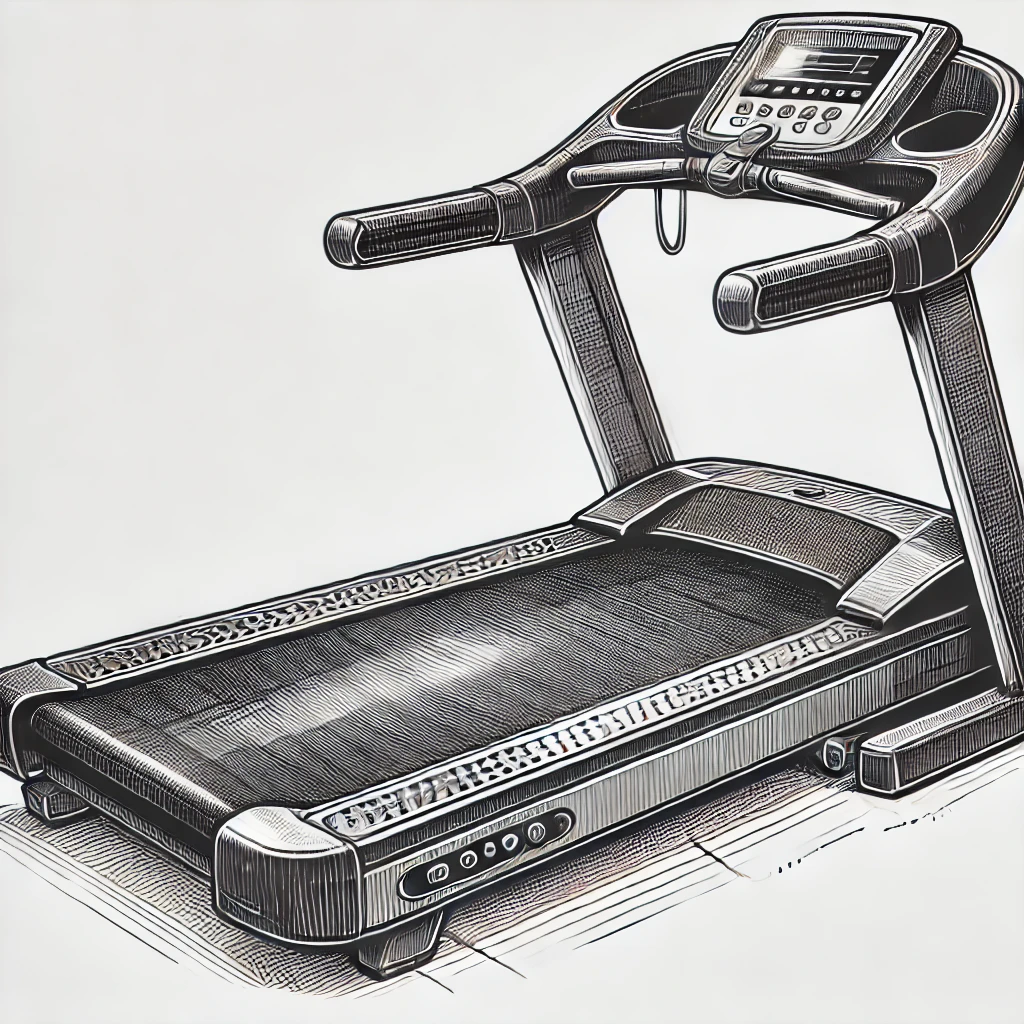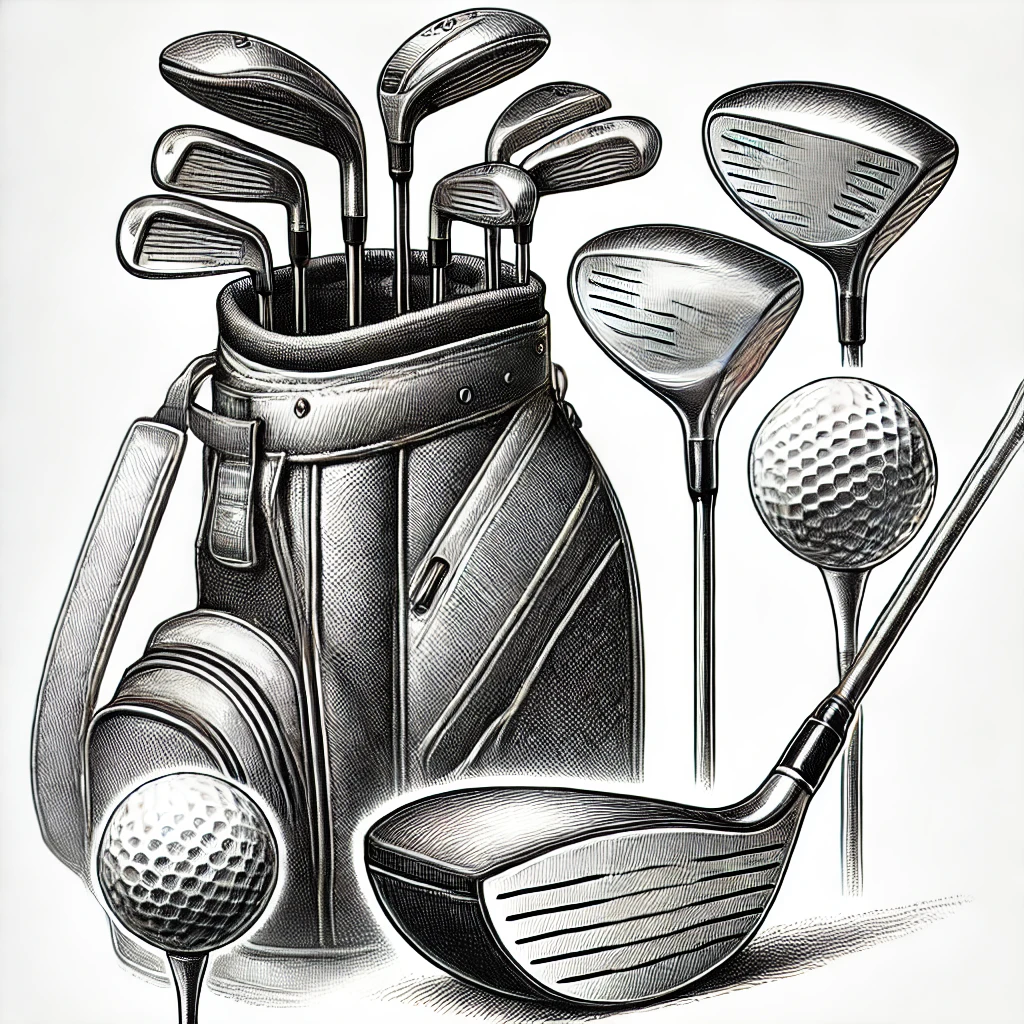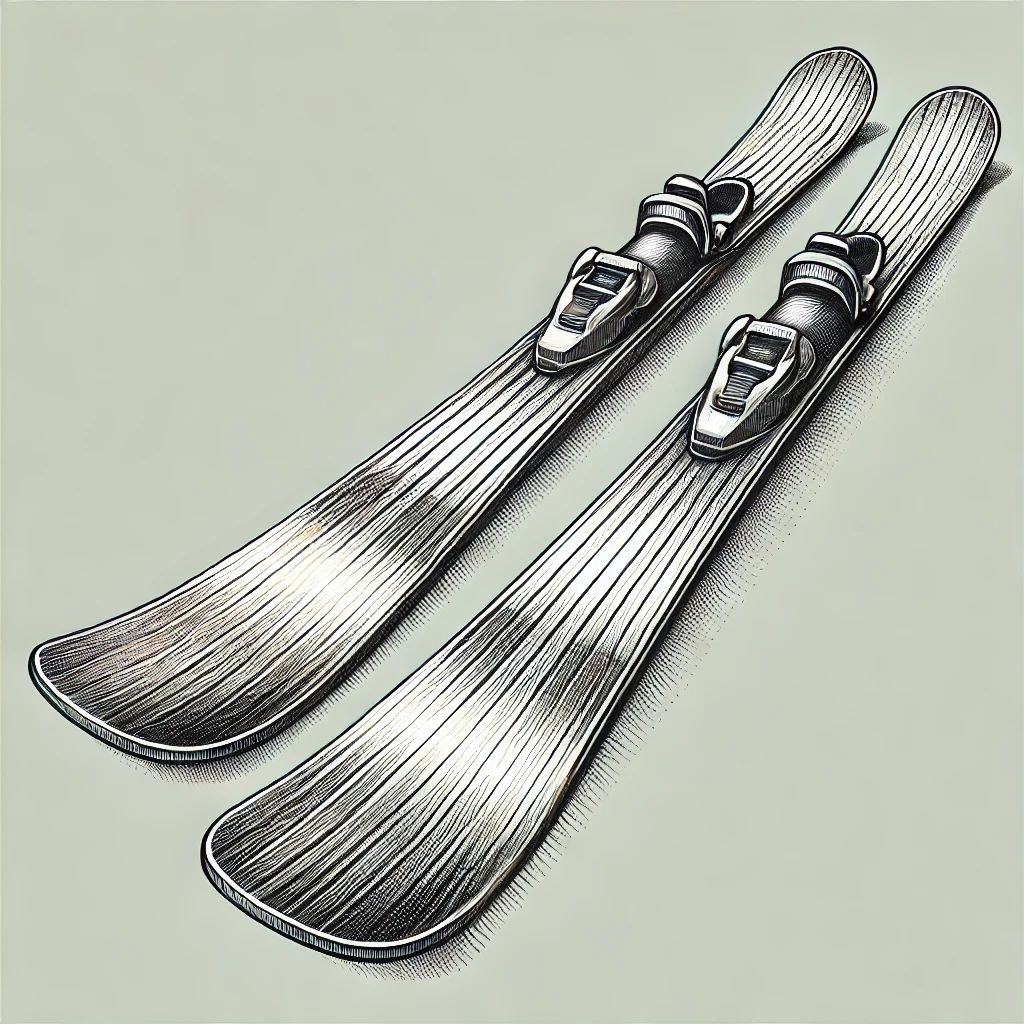Chapter Overview: How to Inventory Sporting Goods for Insurance Purposes

Sporting goods, whether used for personal fitness or outdoor recreation, can accumulate significant value. Properly inventorying these items ensures that they are covered by insurance in case of damage, theft, or loss.
This chapter outlines the steps for creating an inventory of your sporting equipment, and is similar in layout to our previous Chapters on Personal Property. The following sections offer specific guidance on how to inventory sporting goods in various categories:

1 - Bicycles
Common Contents:
Bicycles (road bikes, mountain bikes, electric bikes) and associated gear like helmets, locks, and lights.
Repair kits, spare tires, and bike racks.
Relevance: Bicycles, particularly high-end or custom models, can be expensive and are frequently targeted for theft. Proper documentation ensures you can recover their value through insurance.
2 - Camping & Outdoors
Common Contents:
Tents, sleeping bags, backpacks, and portable stoves.
Specialized gear like GPS devices, water filtration systems, and lanterns.
Relevance: Camping gear, especially high-quality or specialized equipment, can be costly. Proper inventorying helps ensure adequate coverage in case of loss or damage during trips.

3 - Exercise
Common Contents:
Exercise machines (treadmills, ellipticals, stationary bikes), weights, and resistance bands.
Fitness accessories like yoga mats, foam rollers, and heart rate monitors.
Relevance: Home gym equipment can be a significant investment, requiring documentation of high-value items to ensure replacement in case of damage or malfunction.

4 - Golf
Common Contents:
Golf clubs, bags, shoes, and rangefinders.
Accessories like golf balls, tees, and specialized clothing.
Relevance: Golf clubs and equipment can be expensive, especially custom-fitted or professional sets. Proper inventory helps ensure accurate valuation and replacement.
5 - Hunting & Fishing
Common Contents:
Firearms, bows, arrows, fishing rods, and tackle boxes.
Specialized clothing, boots, and safety gear like life vests and gun safes.
Relevance: Hunting and fishing gear can include high-value items such as firearms or custom fishing rods. These require detailed documentation, including serial numbers and licenses.
6 - Skates, Skateboards & Scooters
Common Contents:
Rollerblades, ice skates, skateboards, and electric scooters.
Helmets, pads, and protective gear.
Relevance: While often recreational, high-end or customized skateboards and scooters can carry significant value and should be recorded to ensure replacement.
7 - Team & Racquet Sports
Common Contents:
Balls, racquets, gloves, and protective gear for sports like tennis, soccer, baseball, and basketball.
Specialty items like customized shoes, team jerseys, and sports bags.
Relevance: Team and racquet sports equipment, especially for competitive athletes, can add up in value. Custom or professional gear should be properly documented.
8 - Water Sports
Common Contents:
Kayaks, paddleboards, surfboards, and snorkeling gear.
Safety equipment like life jackets, wetsuits, and goggles.
Relevance: Water sports equipment can be expensive and is often prone to damage from regular use. Proper inventory ensures these items are covered in case of loss or damage.

9 - Winter Sports
Common Contents:
Skis, snowboards, ice skates, and sleds.
Winter gear like helmets, goggles, gloves, and boots.
Relevance: Winter sports equipment is often high-value and easily damaged. Proper documentation helps ensure coverage for repair or replacement after heavy use or accidents.
Learn More
This chapter will explore each category in greater detail, providing comprehensive guidance for accurate inventory management.